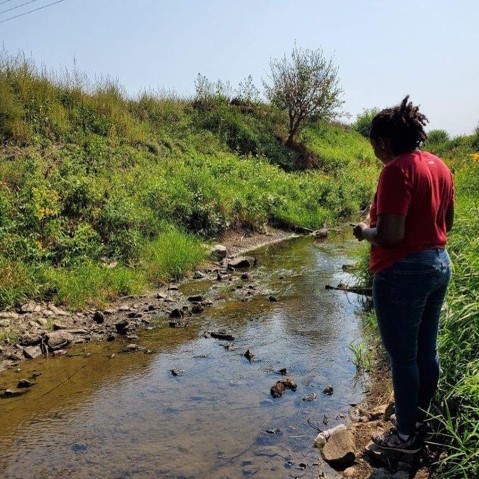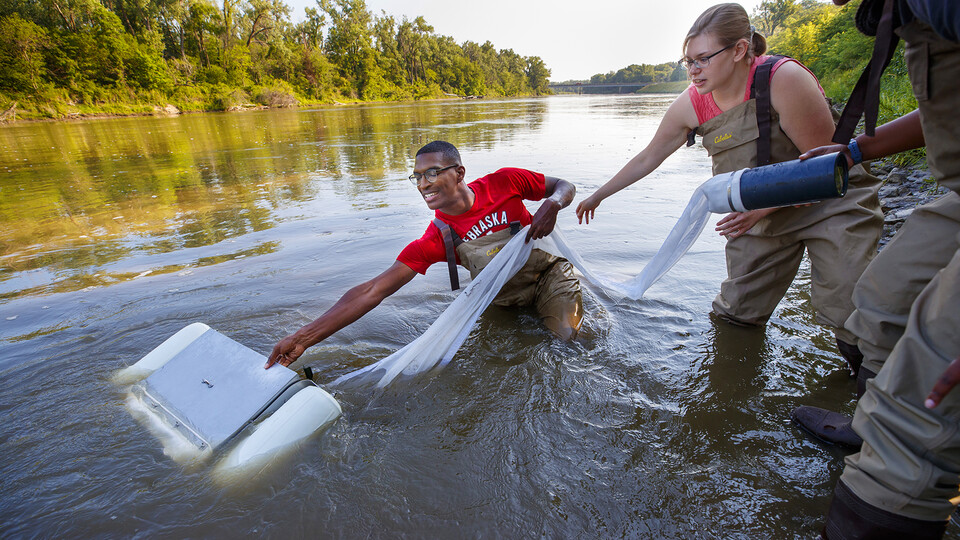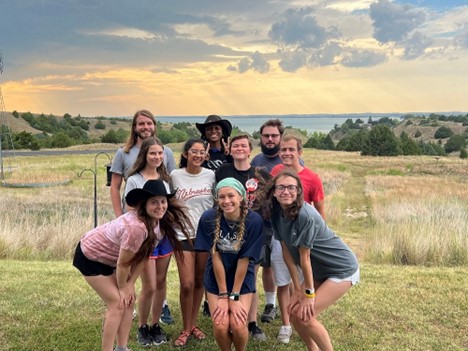
Current Projects
CAMRADES: Connecting Antimicrobial Resistance, Agricultural Decisions, and Environmental Systems
A tool for mitigating AMR and assessing risk to human health in agroecosystems, Funded by USDA-NIFA
The global spread of antimicrobial resistant (AMR) organisms and AMR-associated genes endangers both human and environmental health. Because AMR poses a serious health risk to both animals and humans, it is critical to identify feasible management and mitigation practices that reduce AMR associated with agricultural production. In this study, we will monitor the Shell Creek watershed and develop a watershed scale model for AMR.

Nebraska Wastewater Surveillance Program funded by the Nebraska Department of Health and Human Services
This project has established the Nebraska Wastewater Surveillance program in collaboration with the Nebraska Department of Health and Human Services and the University of Nebraska Medical Center. This network established at wastewater treatment plants and near source wastewater collection sites across the state, allows for COVID-19 to be monitored weekly in wastewater. Our surveillance network covers approximately 70% of the population of the state of Nebraska.

Collaborative Research: Terrestrial microplastic pollution: understudied sources, source tracking and citizen science, funded by
This project investigates the fate of microplastics from agricultural activities including land application of biosolids and is done in collaboration with faculty at Rutgers University and Rutgers University Camden. We are also developing a citizen science method for environmental plastics identification.

Influence of Agrochemical Mixtures on Treatment Wetland Ecosystem Services, funded by USDA-NIFA
Natural and constructed wetlands are now used extensively across the U.S. as a means for mitigating nitrate losses to both surface water and groundwater. While the use of wetlands as a treatment approach for nitrate in run-off is well known, nitrate is not the sole constituent coming from agricultural fields. Other biologically active contaminants regularly co-occur with nitrate and many can affect the efficiency of nitrate removal. This project will evaluate the discrete and combined effects of specific veterinary antibiotics and an increasingly used nitrification inhibitor (nitrapyrin) to nitrogen transformation in wetlands

REU Site: Sustainability of Horizontal Civil Networks in Rural Areas, funded by the National Science Foundation
Dr. Shannon Bartelt-Hunt co-leads an NSF REU site focused on sustainable civil and environmental engineering infrastructure. Since 2017, this REU site has provided undergraduate research training to over 70 undergraduate students. Our REU cohorts have included 67% female students; 38% underrepresented minority students (defined as Black or African-American, Native American or Alaskan Native, Hispanic/Latino, or Native Hawaiian or other Pacific Islander); 27% first-generation students and 59% from institutions with limited research opportunities.

AltEn Health and Environmental Study, Funded by the State of Nebraska Legislature and the Anne E. Hubbard Foundation
Photo by JUSTIN WAN, Journal Star file photo
Until 2021, the AltEn ethanol plant, located near Mead, Nebraska, produced ethanol from treated seed, ultimately accepting approximately 98% of the expired treated seed in North America. The solid and liquid waste produced by this process contains high levels of neonicotinoid insecticides and fungicides and was land applied and stored on site. Our work, in collaboration with the University of Nebraska Medical Center, focuses on the fate of these compounds in water and soil in the vicinity of the plant and land application areas.

Investigation of the Fate and Transport of Chronic Wasting Disease Prions after Landfilling or Burial, funded by Nebraska Game and Parks Commission
This project will simulate the behavior of CWD prions after burial of simulated carcasses in a MSW landfill. The degradation and transport of prions will be investigated in collaboration with faculty at Creighton University.
PFAS monitoring at Small Community Wastewater Treatment Systems in Nebraska, funded by the Nebraska Department of Energy and Environment
This project, beginning in summer 2023, will evaluate the presence of PFAS in influent and effluent wastewater, sludges and biosolids from small wastewater treatment plants across the state of Nebraska that serve less than 10,000 people.